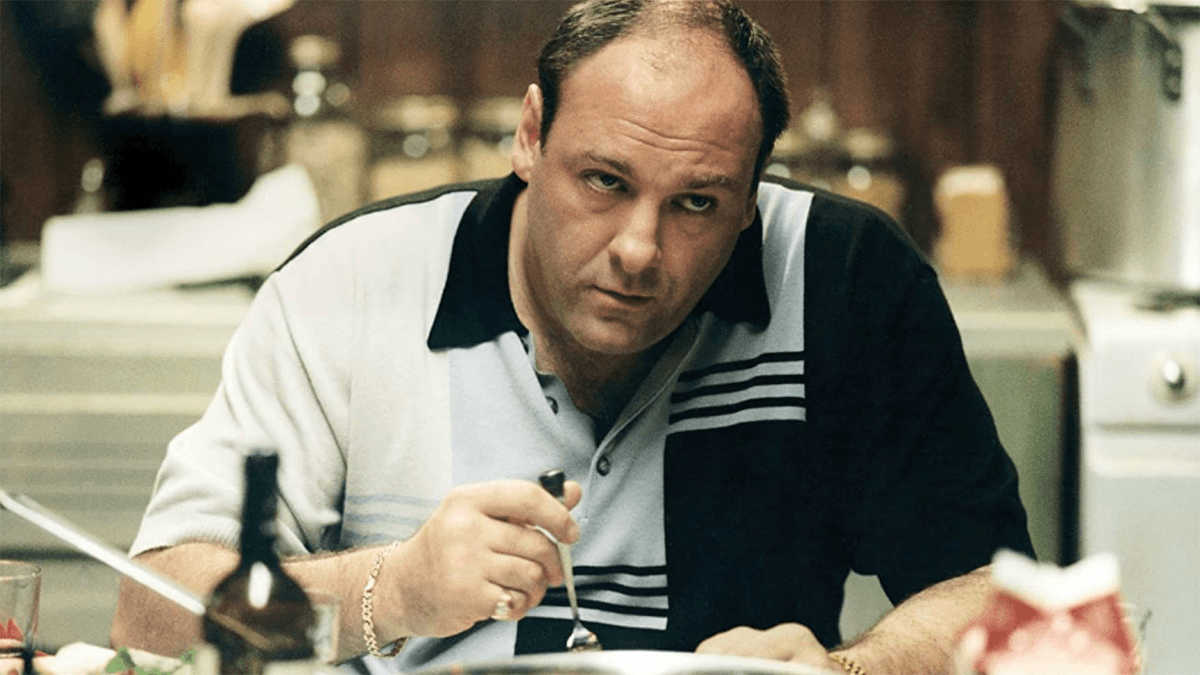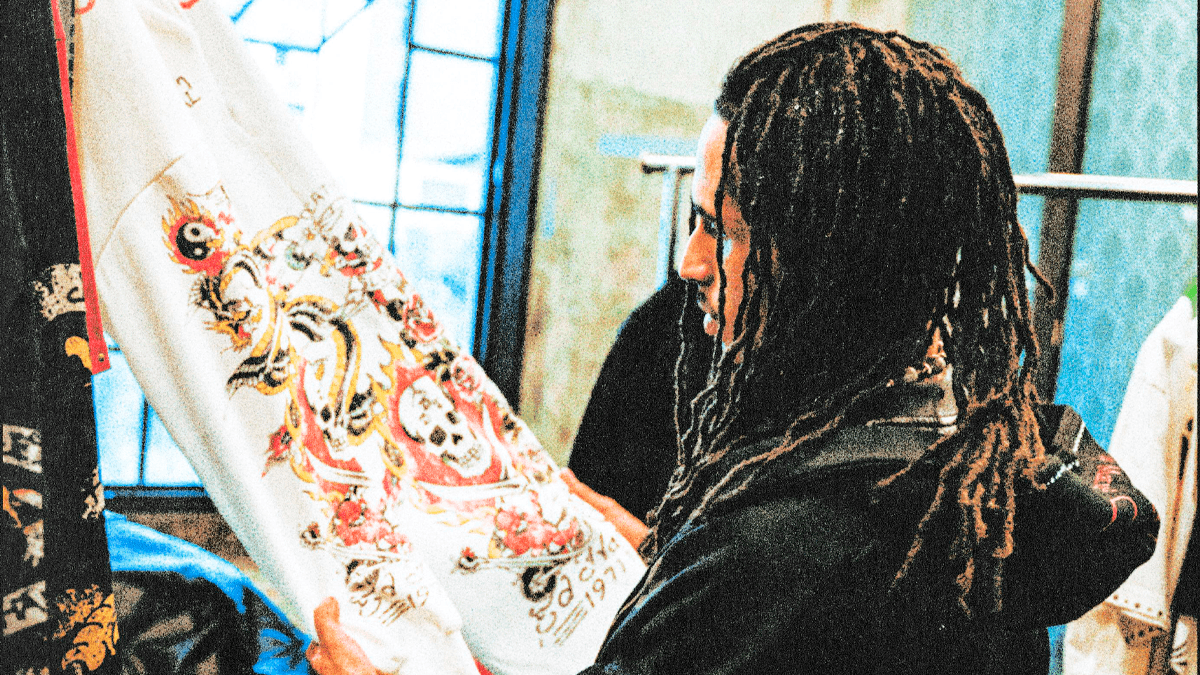Maradona, the myth of Naples and Buenos Aires
The story of Diego Armando Maradona never fit solely within football. What transformed him into a legend was not just the four lines of the sport, but the way his life became a representative translation of entire peoples.
In Buenos Aires, he was the embodiment of the common Argentine who challenged the world, and crossing the Atlantic, in Naples, Italy, he took on the form of a savior who gave dignity to a stigmatized city.
Maradona was born in 1960, in Villa Fiorito, a poor neighborhood on the outskirts of Buenos Aires. The setting was one of an Argentina that was already rehearsing its economic and social crisis, with growing inequality and political instability.
In that environment, football appeared as an escape, but also as a tool of belonging, something common in peripheral regions around the world. At the age of 15, he debuted for Argentinos Juniors, still slight but already carrying an uncommon game. His rise to Boca Juniors in 1981 was received as a triumphant return of the son of the people, and La Bombonera welcomed him as a natural extension of the neighborhood that had shaped him.

The symbolic weight of Maradona in the Argentine national team would be even greater. In 1978, he was cut from the World Cup that Argentina would host under the military dictatorship of Videla, an episode that marked not only his trajectory, but also the narrative of a country divided between celebration on the field and violence. Eight years later, in Mexico, he would have his definitive redemption.
The 1986 World Cup was his absolute stage, the hand goal against England, dubbed “Hand of God,” and, a few minutes later, the “goal of the century,” in which he dribbled past half the opposing team, condensed on the pitch the political tension of a nation still bleeding from the defeat in the Falklands War. For millions of Argentines, that game was not just football; it was symbolic revenge against imperialism. Maradona became the incarnation of a wounded people reclaiming their dignity.
Four years prior, Argentina had lost the Falklands War, precisely to England. For millions of Argentines, it was as if the country had defeated the enemy, this time with the cunning and genius of a boy from Villa Fiorito. Maradona became a national myth, a demigod who embodied the symbolic revenge against the global order.

If in Argentina he was already a national idol, in Naples his transformation was even more radical.
In 1984, Napoli paid 7 million dollars to sign him from Barcelona, a record amount at the time. The city, marked by stigmas of poverty, crime, and marginalization by the rich north of Italy, saw in the club a reflection of its social position. Until then, Napoli had never won the Italian title, which would change with Maradona, who led to the Scudetto in 1987, the UEFA Cup in 1989, and the new title in 1990, achievements that surpassed football and entered the realm of the history of the Neapolitan people.
Maradona's presence in Naples was perceived as almost a divine intervention. Murals with his image spread across neighborhoods, and the name “D10s” solidified as a fusion between his jersey number and the sacredness attributed to him. The parallel with religiosity was inevitable: Naples, one of the most Catholic cities in the world, a city of saints, processions, miracles, had found a new God at the feet of the Argentine. And this God offered dignity to an entire people that felt belittled by the north of Milan and Turin.
The industrialized north of Milan and Turin treated Naples as a backward space, linked to the mafia and precariousness.

But the same intensity that elevated him also corroded him.
The relationship with the Camorra, the local mafia, provided protection but came at a high price. Cocaine use, increasingly frequent, led to his suspension in 1991 and marked his physical decline.
Maradona fought with journalists, with officials, with his own body. The trajectory assumed the contours of a classical tragedy, of one who ascends suddenly, but cannot sustain their own glory. However, it was precisely these falls that reinforced the myth because they humanized the divine.

The cult of Maradona was not limited to the stands. In 1998, in Argentina, the Maradonian Church was founded, with its own commandments and rituals in which the birth of Diego became a sacred date. In Naples, streets, bars, and chapels kept his image as if it were part of a popular religious pantheon.
Few athletes have been elevated to this condition, and perhaps none have reached this degree of blending faith and idolatry.
His last years were marked by illnesses, surgeries, and public appearances where he still managed to draw crowds, even when already weakened. In 2020, his death caused worldwide mourning. In Buenos Aires, his wake at Casa Rosada gathered hundreds of thousands of people, in a scene comparable only to the funerals of political leaders.
Months later, the San Paolo stadium was officially renamed Estadio Diego Armando Maradona, formalizing in public space what already existed in popular memory.

The myth of Maradona persists because it condenses contradictions that rarely coexist in a single figure. He was the Argentine who avenged his people against England, the Neapolitan who challenged the elite of the north, the idol who won and fell with the same intensity. His story cannot be reduced to mere numbers or trophies, but rather in the way it intertwines with collective identities.
Maradona was not perfect, and it is precisely for this reason that he became eternal. Amidst mistakes and miracles, he made football a language of faith and politics, uniting two peoples who found in him a terrestrial God, capable of erring like a human, but offering redemption like only myths can.
See others like this





